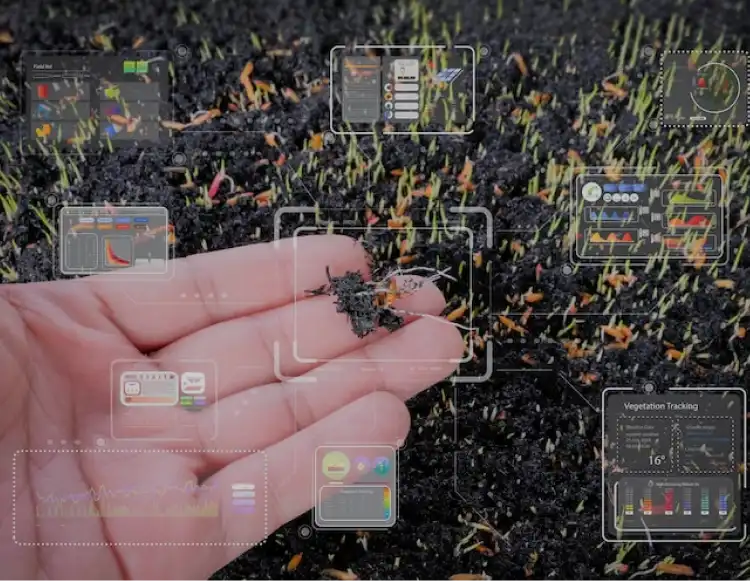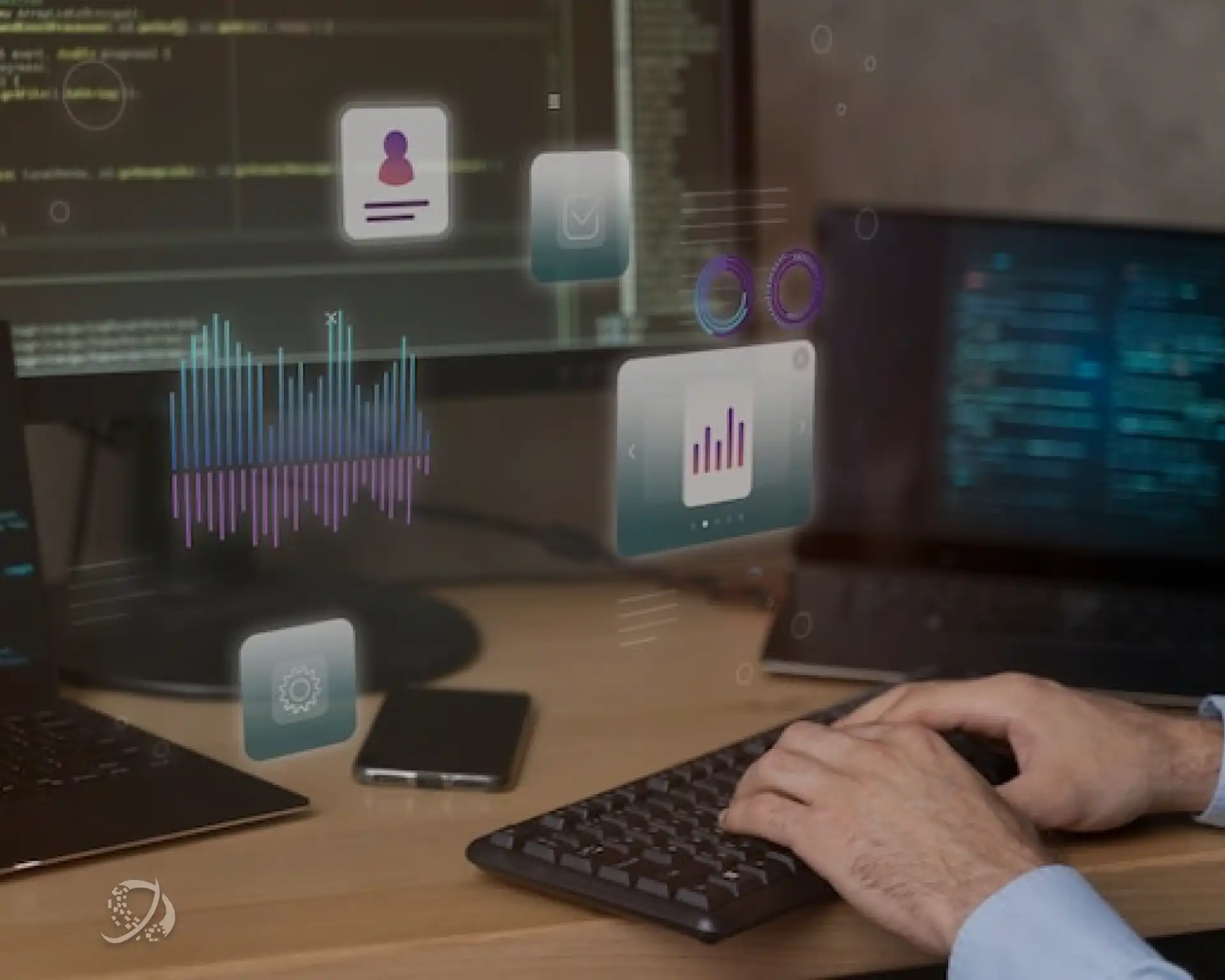Introduction
React Native CLI (Command Line Interface) offers developers full control over the mobile app development process, making it the preferred choice for building complex, high-performance apps on both Android and iOS. Setting up the environment for React Native CLI is a crucial first step for developers aiming to build high-performance mobile applications for Android and iOS. Unlike Expo, React Native CLI offers greater control over native code and advanced configurations, making it ideal for production-level projects. This setup involves installing Node.js, Java Development Kit (JDK), Android Studio, and Xcode (for macOS users), along with configuring key environment variables. In this guide, we provide a step-by-step walkthrough to help you set up a complete and functional React Native CLI development environment on Windows, macOS, and Linux systems with ease.
Prerequisites and System Requirements
Industry Cloud Platforms are purpose-built cloud environments that offer services taiBefore diving into setup, make sure your system meets the following baseline requirements.
Node.js & npm
Install the latest LTS version of Node.js (v20 or higher). npm comes bundled with Node.js.
Java Development Kit (JDK)
Use JDK 17 or later for compatibility with the latest Android Gradle plugin.
Android Studio
Install Android Studio Hedgehog or newer, which includes updated emulators and SDK tools.
Xcode (macOS only)
To build iOS apps, Xcode 15+ is required on macOS systems.
CocoaPods (macOS)
Used to manage iOS native libraries. Install via RubyGems.
Watchman (macOS)
A file watcher required by React Native for optimal performance.
React Native CLI depends on several core tools to function correctly.
Download from https://nodejs.org and verify with:
node -v
npm -v
Installing Core Dependencies
Instead of installing globally
npx react-native@latest init MyApp

Installing Java JDK
Install JDK 17 and configure the JAVA_HOME environment variable properly
Installing Watchman (macOS)
brew install watchmanInstalling Python (Linux)
sudo apt install python3
Setting Up Android Development Environment
For Android app development, proper SDK and emulator configuration is essential.
Install Android Studio
Download from developer.android.com, then install these components:
- Android SDK
- Emulator
- SDK Build Tools
- NDK (if needed)
Configure Android SDK Paths
Set environment variables:
ANDROID_HOME=<your-sdk-path>
export PATH=$PATH:$ANDROID_HOME/emulator
export PATH=$PATH:$ANDROID_HOME/platform-tools
Create Android Virtual Device (AVD)
Use the AVD Manager in Android Studio to create a virtual device for testing.
Enable Developer Mode on Android Device
If testing on a real device, enable USB debugging and install proper drivers.
Setting Up iOS Development Environment (macOS Only)
iOS development is only supported on macOS with Xcode.
Install Xcode
Download from the App Store, then install command-line tools:
xcode-select --install
Install CocoaPods
Use RubyGems:
sudo gem install cocoapods
Configure iOS Simulator
Use Xcode to launch and manage various iOS simulators. Enable Permissions
Ensure macOS allows terminal and simulator permissions to avoid build failures.
Running and Testing Your First App
Once everything is set up, create and run your first React Native project.
Create a New App
Use:
npx react-native init FirstApp
Start Metro Bundler
In the project directory:
npx react-native start
Run on Android
Ensure an emulator or device is connected:
npx react-native run-android
Run on iOS (macOS Only)
Start the iOS simulator:
npx react-native run-ios
Optional Tools and Tips (2025)
Boost your React Native workflow with these optional tools and tips.
Use Flipper for Debugging
Flipper is integrated with React Native by default and helps debug apps visually.
Enable Hermes Engine
For performance improvements, enable Hermes in android/app/build.gradle.
Use ESLint + Prettier
Improve code quality with integrated linting and formatting.
Use VS Code with Extensions
Install React Native Tools extension for debugging and IntelliSense.
Use React Native Doctor
Diagnose setup issues:
npx react-native doctorConclusion
Setting up the React Native CLI environment may seem complex at first, but it’s a critical foundation for building high-quality, production-ready mobile applications. With the latest updates in 2025 like React Native v0.74+, Node.js v20+, Android Studio Hedgehog, and Xcode 15 developers now have more powerful and stable tools at their disposal. By carefully following the steps outlined in this guide, you’ll be fully equipped to develop for both Android and iOS platforms using native modules, advanced debugging tools, and custom configurations. Once set up, React Native CLI provides unmatched flexibility, speed, and control for modern app development
Discover Your Ideas With Us
Transform your business with our Web Development solutions. Achieve growth, innovation, and success. Collaborate with our skilled development team today to revolutionize your digital presence!


